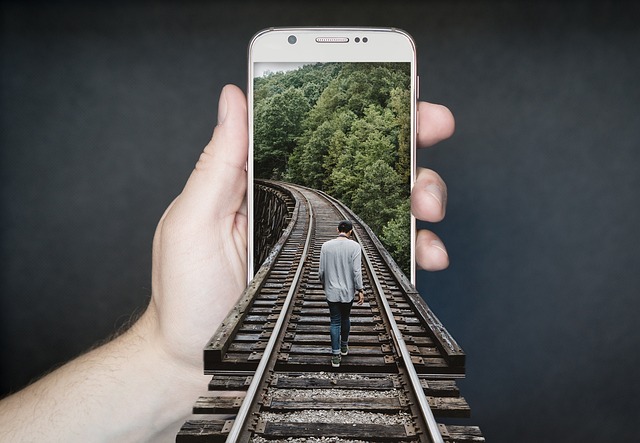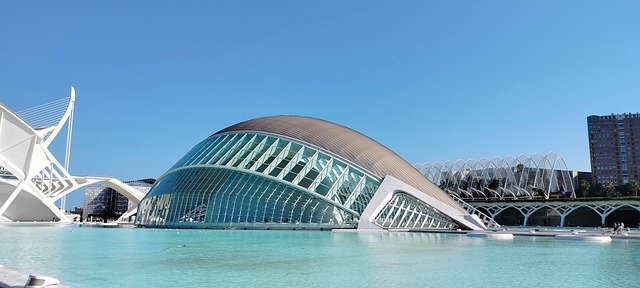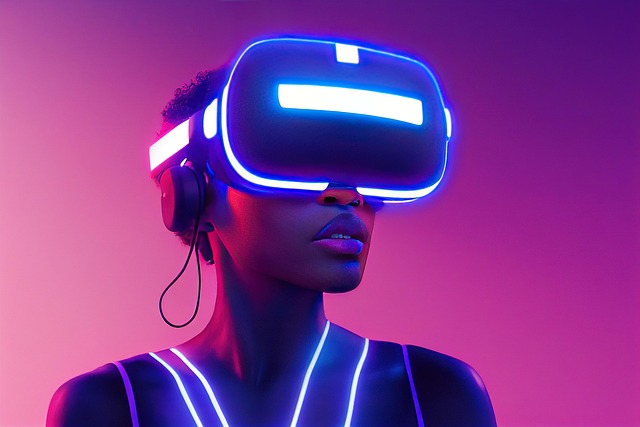In the current era of rapid technological evolution, the line between the physical world and the digital realm is increasingly blurred. Virtual reality (VR), augmented reality (AR), and the emergent metaverse are not simply niche gadgets; they are shaping how we experience, work, and connect. The sense of immersion they deliver feels like stepping into a digital illusion—an illusion so convincing that it feels like an extension of our senses rather than a separate layer of code.
Understanding the Foundations of Immersion
Immersion is the core promise of VR and AR. It relies on sensory fidelity, latency reduction, and intuitive interaction. The combination of high-resolution displays, precise motion tracking, and realistic haptic feedback creates a world that can be as engaging as the real one. When these components synchronize, the resulting experience is often described as a digital illusion, a fleeting moment where the boundary between digital and physical dissolves.
- Visual fidelity: ultra‑high‑resolution pixels create sharp imagery.
- Spatial audio: head‑related transfer functions place sounds exactly where they belong.
- Haptics: tactile cues mimic touch and force, reinforcing the sense of presence.
The Virtual Reality Journey
VR transports users inside a fully digital environment. From the moment a headset is placed on the head, the world outside is occluded, and the virtual scene takes priority. The illusion is built upon six degrees of freedom: users can move forward, backward, left, right, up, and down, while also rotating on all axes. This fluidity makes it possible to explore spaces that would otherwise be inaccessible.
“When you are in a virtual room, you don’t just see the walls; you feel the texture, the temperature, the weight of objects.” – An early VR researcher
Augmented Reality: Layering on Top of Reality
Unlike VR’s full immersion, AR overlays digital content onto the real world. Smartphones and smart glasses project information, holographic avatars, or interactive objects that coexist with everyday surroundings. The illusion here is less about escape and more about enhancement; we retain full awareness of our environment while gaining new layers of insight.
- Spatial mapping: sensors create a 3‑D map of the environment.
- Object anchoring: virtual items lock to real-world coordinates.
- Interaction: gestures, voice commands, or touch enable intuitive manipulation.
From Illusion to Interaction: The Role of AI
Artificial intelligence powers much of the realism behind digital illusion. Machine learning models analyze user movement, predict intentions, and adapt the environment accordingly. Natural language processing lets users converse with virtual agents in a conversational tone, while computer vision allows avatars to mimic human expressions and gestures. This synergy between AI and hardware creates environments that react in real time, strengthening the illusion of a living, breathing space.
The Metaverse: A Continuum of Experiences
Often described as the next stage of the internet, the metaverse is a persistent, shared virtual space that transcends individual devices. It is built on blockchain, social networks, and scalable cloud computing, enabling seamless interaction across platforms. The metaverse is the ultimate embodiment of digital illusion—a realm where avatars, economies, and narratives coexist, offering users endless possibilities for creation, commerce, and community.
Social Dynamics Within the Metaverse
Human interaction remains the heart of the metaverse. Users can attend concerts, collaborate on projects, or simply chat in virtual cafés. Because the digital illusion is anchored in shared presence, social dynamics mirror those of the physical world, but with enhanced flexibility. Users can change their appearance, explore new environments instantly, and communicate across continents without physical constraints.
- Identity: avatars reflect personal style or fully fantastical designs.
- Community: interest‑based hubs foster collaboration and networking.
- Economy: virtual currencies enable buying, selling, and trading of digital assets.
Practical Applications Beyond Entertainment
While gaming and social media dominate headlines, VR, AR, and the metaverse are making tangible impacts in education, healthcare, architecture, and industry. Immersive training modules simulate dangerous scenarios safely, allowing professionals to practice procedures with zero risk. Architects use VR to walk through building prototypes before construction, reducing costly revisions.
Education: Learning in Immersive Contexts
Students can explore historical events, dissect biological systems, or conduct virtual laboratory experiments. The digital illusion created by these simulations supports experiential learning, catering to diverse learning styles and making complex concepts tangible.
Healthcare: From Surgery to Therapy
Surgeons practice procedures on realistic models, reducing errors in real operations. Physical therapists employ AR to guide patients through exercises with precise visual cues, enhancing rehabilitation outcomes. Even mental health treatments use VR exposure therapy to help patients confront fears in controlled settings.
Ethical Considerations and the Human Experience
As the boundaries of digital illusion become more convincing, questions arise about data privacy, psychological well‑being, and digital addiction. Developers must implement robust consent mechanisms, safeguard personal information, and create restorative design practices that encourage healthy interaction. The illusion should augment human experience, not replace it.
Designing for Well‑Being
Incorporating breaks, adjusting visual fidelity to reduce eye strain, and offering real‑world reminders are essential. A well‑balanced ecosystem respects the user’s time and mental health while delivering rich, immersive experiences.
The Future Landscape of Immersion
Looking ahead, we anticipate further convergence between VR, AR, and the metaverse. Emerging technologies like retinal displays, brain‑computer interfaces, and ultra‑low‑latency networks promise even more seamless digital illusion. These advances will open doors to hybrid realities where physical and virtual layers intertwine effortlessly, reshaping work, play, and connection.
Bridging the Physical and Digital
Future interfaces may read brain signals to translate intention directly into virtual action, eliminating the need for handheld controllers. The result will be an almost effortless blending of the two worlds, making the digital illusion indistinguishable from reality for many users.
Conclusion: Embracing the Digital Illusion with Purpose
The promise of VR, AR, and the metaverse lies in their capacity to deliver immersive, transformative experiences. When approached responsibly, these technologies become powerful tools for learning, collaboration, and creativity. The digital illusion they craft invites us to explore new dimensions of human possibility, while still anchoring us in the values that define our shared reality.



